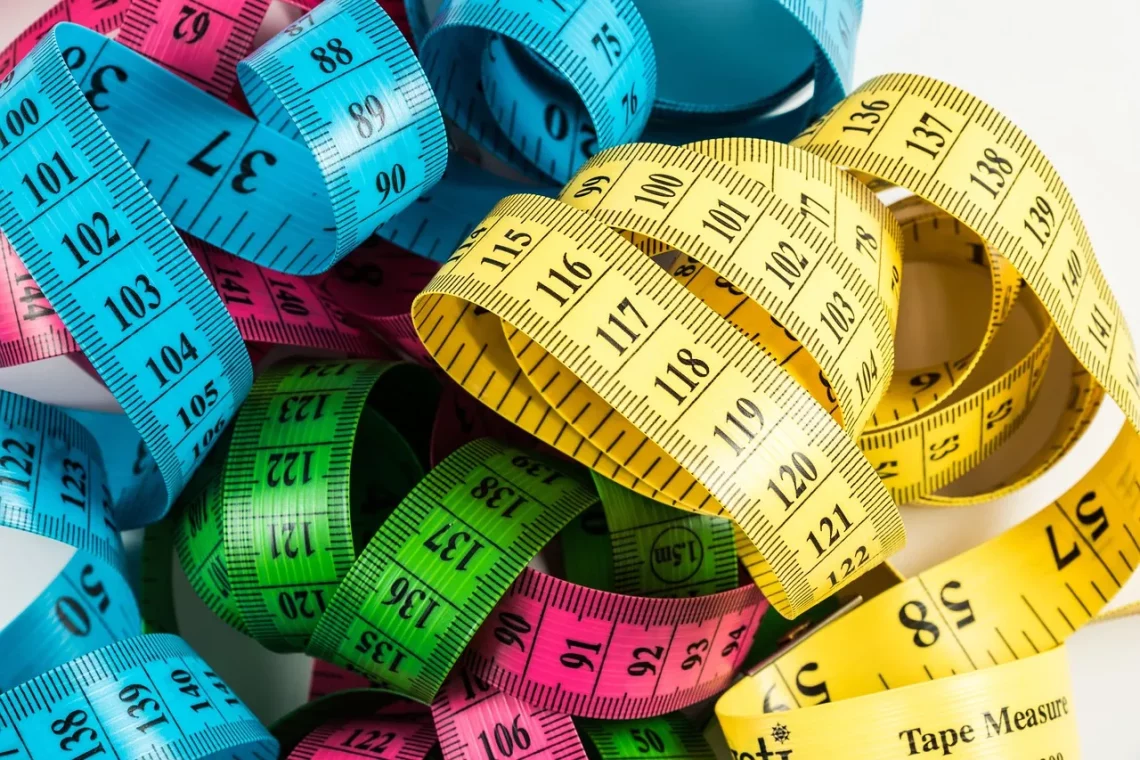-
Converting Picometers to Angstroms: A Simple Guide
The realm of measurements is a fascinating one, particularly when delving into the microscopic dimensions that define the building blocks of matter. Among the various units used to quantify these minuscule distances, picometers and angstroms stand out as essential tools in fields such as physics, chemistry, and material science. These units are often employed to express atomic and molecular dimensions, providing a clearer understanding of structures that cannot be seen with the naked eye. Picometers, or one trillionth of a meter, are commonly utilized for measuring the size of atoms and the wavelengths of electromagnetic radiation. On the other hand, angstroms, which equal one-tenth of a nanometer or one hundred…
-
Understanding the Size: How Big is Seven Inches Really?
Understanding measurements can sometimes be quite challenging, especially when it comes to understanding specific dimensions like seven inches. This seemingly simple measurement can evoke various interpretations depending on the context in which it is used. Whether you’re discussing the size of an object, a piece of furniture, or even aspects of human anatomy, the perception of seven inches can differ widely. In a world filled with diverse scales and units of measurement, the significance of seven inches goes beyond mere numbers. It can represent the height of a small pet, the width of a book, or even the length of certain tools. Additionally, the use of inches is prevalent in…
-
How Many Pounds is 145 kg? A Simple Conversion Guide
In today’s globalized world, the ability to convert measurements from one unit to another is increasingly important. Whether you’re cooking, traveling, or engaging in fitness activities, understanding different measurement systems can make life easier. The metric system, which uses kilograms, is widely adopted in many countries, while the imperial system, which uses pounds, is primarily used in the United States. This discrepancy can sometimes lead to confusion, especially when it comes to understanding body weight, food quantities, or even shipping costs. For example, someone who weighs 145 kilograms may find it challenging to communicate their weight in pounds, particularly if they are in a country that uses the imperial system.…
- Uncategorized
Understanding Grains Per Pound: A Key to Precision in Weighing
Understanding the weight of items is an essential aspect of various disciplines, ranging from cooking to science and industry. In everyday life, we often rely on familiar measurements like pounds, ounces, and grams. However, when precision is paramount, especially in contexts such as pharmaceuticals, engineering, or even competitive cooking, more specialized units may come into play. One such unit is the grain, a measurement that has historical roots and is still relevant in many technical fields today. The grain, despite being a small unit of measurement, carries significant importance. It is primarily used to quantify the weight of precious metals, bullets, and even medications. Understanding grains per pound can provide…
-
Understanding Grains vs Pounds: A Comprehensive Guide to Weights
Understanding the various units of measurement we use in our daily lives can greatly enhance our understanding of food, nutrition, and even scientific data. When it comes to weight, two common units that often come up are grains and pounds. These two measurements serve different purposes and are used in various contexts, from culinary applications to scientific research. Grains, a unit of mass primarily used in the United States for measuring bullets and pharmaceuticals, represent a very small weight, while pounds are a more familiar and widely used unit in everyday life for measuring everything from groceries to body weight. The relationship between these two units can sometimes be confusing,…
















